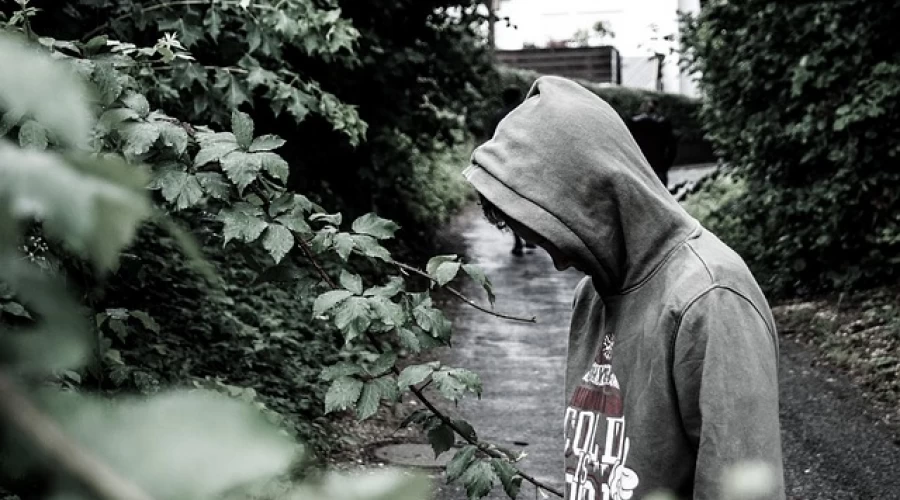Animal Disease
- Risk Level: High
- Risk Ref. #: NRR56
- Likelihood/Impact: 3/3
- Download the Risk Register

Introduction
What do we think of when we hear the word animal disease? For most of us it is probably Bird Flu, Foot and Mouth or maybe a sick animal. None of the above would be wrong, but hopefully we can give you a bit more information that helps to explain it in a local context.
Local Risk Rating
Animal Disease is rated as ‘High’ on our Community Risk Register. See the main table shown in ‘What is Risk?’ to see why (link)
There are several separate risks related to Animal Health and the average ratings are used for the risk ratings.
Impact: Moderate (3) Likelihood: Medium (3)
What is it?
To understand animal disease one of the first things you need to know is the difference between zoonotic and non-zoonotic
Zoonotic diseases = Diseases that are naturally transmissible from animals to humans
Non-Zoonotic = Diseases that are not naturally transmissible from animals to humans
It can be hard to remember which way round these are, but some people like to consider that zoos have humans and animals present, therefore remembering that zoonotic passes from animals to humans.
Some examples of Zoonotic and non-Zoonotic diseases can be seen below. It is important to remember that different diseases will transmit through different animals and via different pathways, with no one disease the same as another.
| Zoonotic Disease | Non Zoonotic |
|---|---|
| Anthrax | Blue Tongue |
| Bird Flu | Foot and Mouth |
| Bovine TB | Lumpy Skin Disease |
| Ebola | Warble Fly |
| Rabies | |
| West Nile Fever | |
| Zika Virus |
In addition, we have diseases that are endemic or exotic:
Endemic = Already present in the UK
Exotic = Not normally present in the UK
Finally, we have diseases known as notifiable – this basically means they are animal diseases that you are legally obliged to officially report to the Animal and Plant Health Agency (APHA), even if you only suspect an animal may be affected (more information on this can be found here; Notifiable diseases in animals - GOV.UK (www.gov.uk).
Wiltshire is predominantly a rural county, meaning there is a higher concern around animal disease than perhaps in some other areas of the UK, with agriculture and farming being a major local industry. The impacts of a widespread animal disease outbreak can have severe consequences on our local economy and environment, with work constantly going on in the background to ensure any outbreaks are limited and eradicated as quickly as possible.
History?
Reading over the diseases above, you may remember a few of them, be that Swine Flu from 2009, Foot and Mouth from 2001 or even Anthrax from 2015. What this shows us is that animal disease will always be present and that we are likely to see further outbreaks in the future.
Some detail on a past example can be seen below:
Foot and Mouth 2001
Foot and mouth affects cattle and causes blisters under the hooves and inside the mouth alongside possible lameness and problems feeding. It is very infectious, and this prompted the massive cull across the country. Some key points can be seen below:
- First case discovered in an abattoir in Essex in February 2001 with further cases discovered across the country in the same week
- Officially 2000 cases reported
- Each case meant a farm having to cull their cattle and burn the carcases
- By the last case in September 2001 over 6 million sheep, cattle and pigs had been slaughtered
- Still unknown exactly how the disease entered the UK
- Before 2001 the last major outbreak in the UK was in 1967
Impact
In addition to the farm animals culled when a case was discovered, animals in the surrounding areas were also affected. Exclusion zones caused large areas of the countryside to be effectively closed off which then had a huge detrimental effect on tourism and many livelihoods. Many who worked in the farming industry had their way of life completely turned upside down notwithstanding the emotional stress of losing animals.
Reforms have been made to reduce the likelihood of Foot and Mouth returning again, such as banning animal feeding on catering waste and increased monitoring of disease outbreaks across the world. In 2007, a further case was confirmed but lessons had been learnt and the impact was greatly reduced due to timely actions on culling and exclusion zones.
It is always said we learn from real life experience and the farming sector has advanced in the following years with improved identification and tracking of animals, contingency planning and advances in disease control. In addition, multi-agency partners now work with animal health experts to plan and exercise outbreak management to make sure we are as ready as we possibly can be.
Reference Source: When foot-and-mouth disease stopped the UK in its tracks - BBC News
Related News

Wiltshire Council shares advice on how you can help rough sleepers this winter
1m read
Wiltshire Council shares advice on how you can help rough sleepers this winter
What are we doing about it in the LRF?
As seen above, the LRF works with the Local Authority Animal Health teams on planning, training and exercising around possible outbreaks. Different scenarios are tested depending on the local risks and then recommendations are made to ensure learning is always captured and changes made to procedure. Exercises can take the form of tabletop (paper based) scenario or occasionally larger scale ‘live’ exercises where a scenario is played out in person with equipment, animals and people.
In addition to this, the LRF also works with APHA, whose main aim is to protect the health and welfare of animals, alongside the public from disease. Much of the response to an outbreak will be led and guided by APHA so all planning, training and exercising is completed in liaison and partnership between the LRF and APHA.
What can you do about it?
The most important thing that the public can do is act responsibly. It is also important to understand the consequences of animal disease and the need to act quickly if we suspect anything. It is not just the animals themselves that might be affected as the impact could be much wider effecting local tourism and the total loss of a farmer’s livelihood.
Should we ever suspect that an animal has a notifiable disease it must be immediately reported to DEFRA’s Rural Services helpline on 03000 200 301.
Downloads
Animal Disease Risk
Animal Disease Risk
